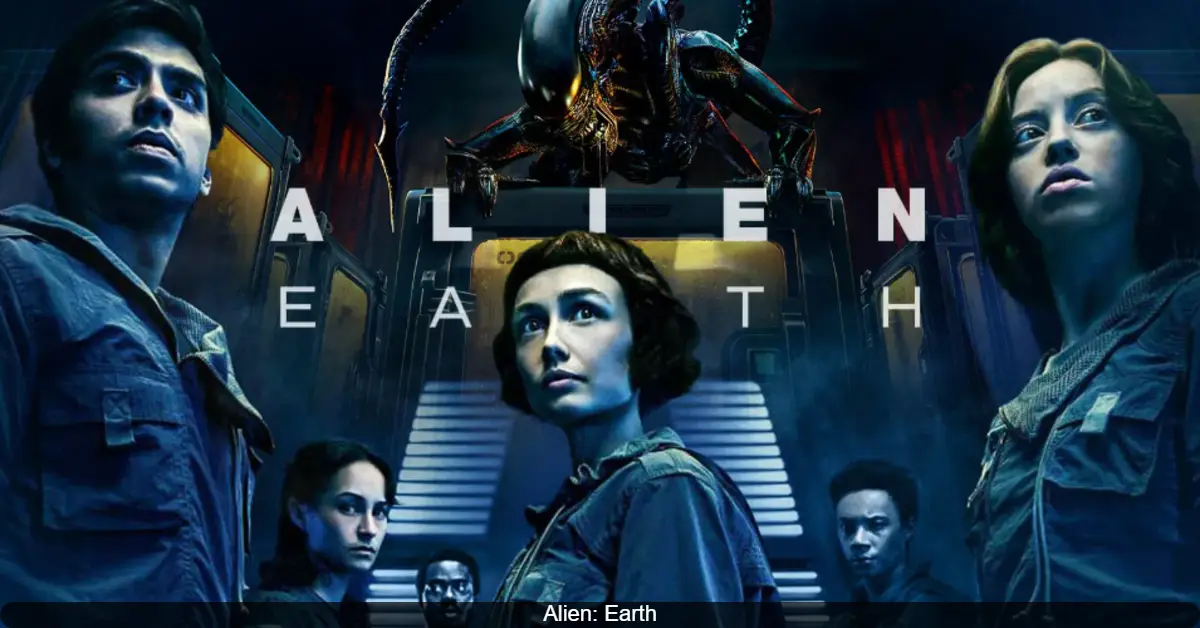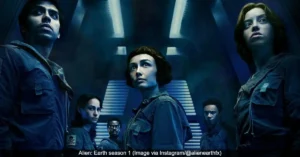The Xenomorph in Noah Hawley’s new series Alien: Earth is different from the terrifying creature fans know from the movies. A major flaw has been introduced: the alien now grows at a much slower pace, a significant departure from the rapid, unstoppable life cycle that made the original film so frightening.
In the movies, a Xenomorph goes from a small Chestburster to a fully grown adult in a matter of hours, creating a sense of immediate and unstoppable dread. In Alien: Earth, this process takes much longer, with a Xenomorph still in a “toddler” stage even a full day after emerging. This slower development gives potential victims more time to react, fundamentally changing the dynamic of the threat.
A Slower, Less Threatening Life Cycle
The speed of the Xenomorph’s growth has always been a key source of its horror. In the original Alien film and the recent Alien: Romulus, the creature matures from a Chestburster to a deadly adult in a very short time, sometimes within an hour. This rapid transformation leaves little time for the characters to cope or fight back.
Alien: Earth breaks from this tradition. Reports from the show indicate that the Xenomorph’s growth is unexpectedly slow. One Xenomorph is still in a juvenile state in Episode 6, a full day after it was born. This delayed metamorphosis undermines the creature’s nature as a perfect, efficient predator. It gives humans a much bigger window to survive and plan, which lessens the constant urgency that defined the earlier stories.
Why the Xenomorph Is Changing
There are a few theories within the show about why this Xenomorph is different. One possibility is that the creature is struggling to adapt to Earth’s environment. Another, more specific theory suggests that the change is due to how this particular Xenomorph was created.
In the series, a synthetic named Kirsch performs a dissection on a Facehugger, resulting in a “tadpole” stage embryo that had never been seen before. This embryo then infects a detached human lung. This unnatural birth process, potentially combined with genetic tampering by Kirsch, may have resulted in a defective Xenomorph with an altered and slower life cycle.
More Than Just Slow Growth
The slower development is not the only change. The show also introduces a new connection between the Xenomorphs and the synthetic-human hybrid, Wendy. In one scene, a young Xenomorph is seen nuzzling against her hand, suggesting it sees her as a mother figure. This humanizes the creature, turning it from an unknowable terror into something that can be interacted with, and perhaps even reasoned with.
These changes have a noticeable effect on the Xenomorph’s impact. By making it slower and capable of being tamed, the show moves away from the original idea of the Xenomorph as a “perfect organism”—a purely predatory force of nature. This has been a point of discussion among fans, with some feeling that it weakens what made the alien so uniquely frightening in the first place.
A New Look and New Weaknesses
The design of the Xenomorph in Alien: Earth has also been updated. Showrunner Noah Hawley explained he wanted the creature to look more bug-like. To achieve this, the Xenomorphs are a muted brown color instead of the classic black and have a more crustacean-like ribcage. They also spend more time on all fours, appearing more feral and animalistic.
The series also confirms a new weakness for the creatures: electricity. In the second episode, the cyborg character Morrow is able to subdue a Xenomorph using a prolonged electric shock from a taser. While this gives humans another tool to fight back, it also makes the aliens seem more vulnerable than their nearly indestructible movie counterparts.
How This Fits in the Alien Timeline
Alien: Earth is set just two years before the events of the original 1979 Alien film. This timeline placement has caused some confusion, as the widespread corporate knowledge of aliens and their presence on Earth in the series seems to contradict the sense of shocking, first contact discovery that Ripley and the crew of the Nostromo experience.
The series explores the idea that Weyland-Yutani and other mega-corporations are already aware of the Xenomorphs and are actively trying to weaponize them. This setup potentially answers a long-standing fan question about the original film: how the company knew there was something valuable on LV-426. Alien: Earth may be showing the events that created that initial corporate interest.
The first two episodes of Alien: Earth are now streaming on Hulu.







